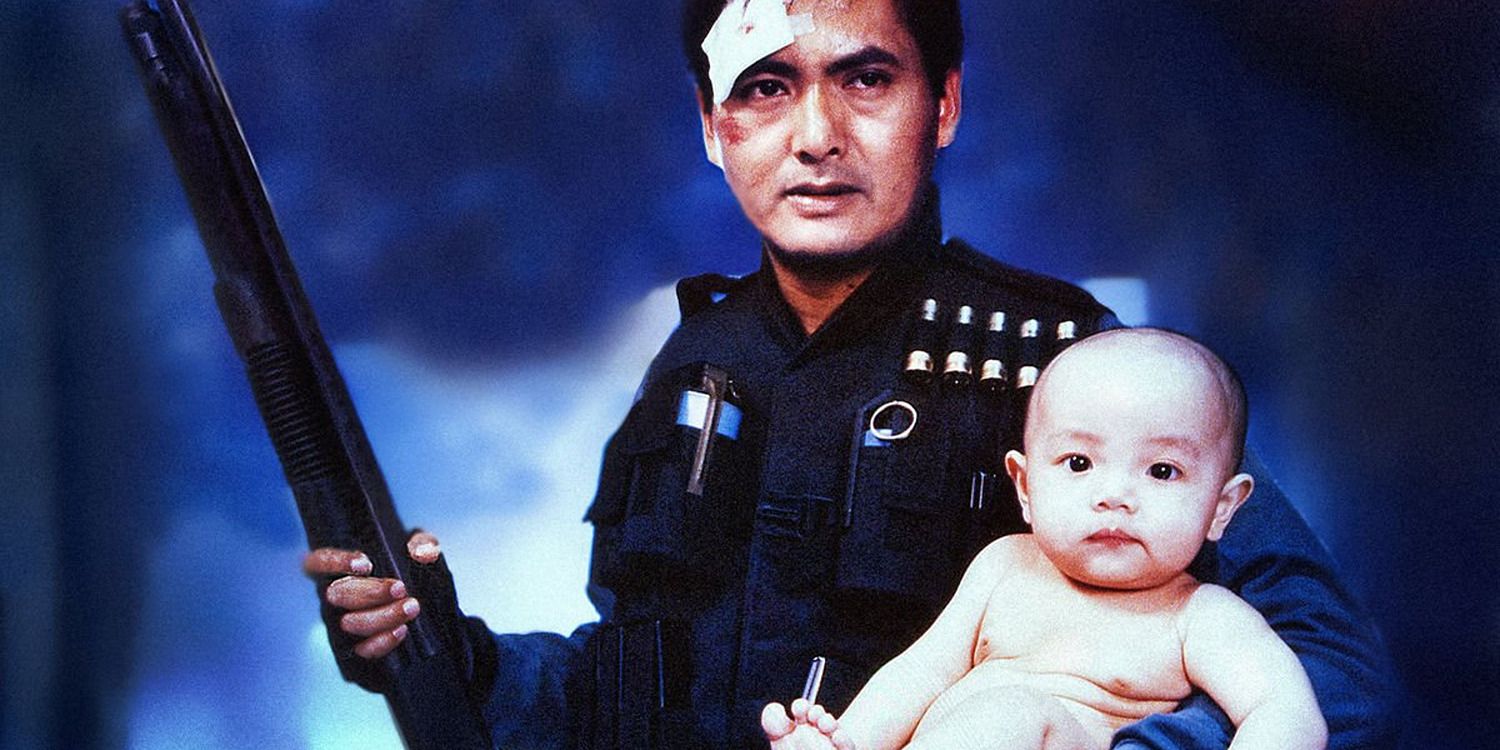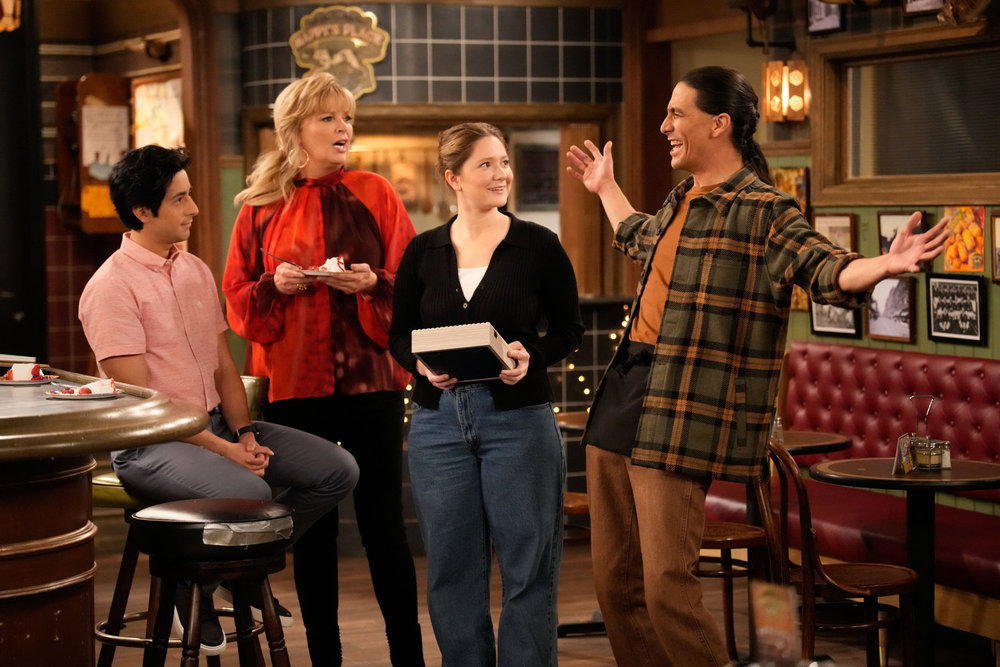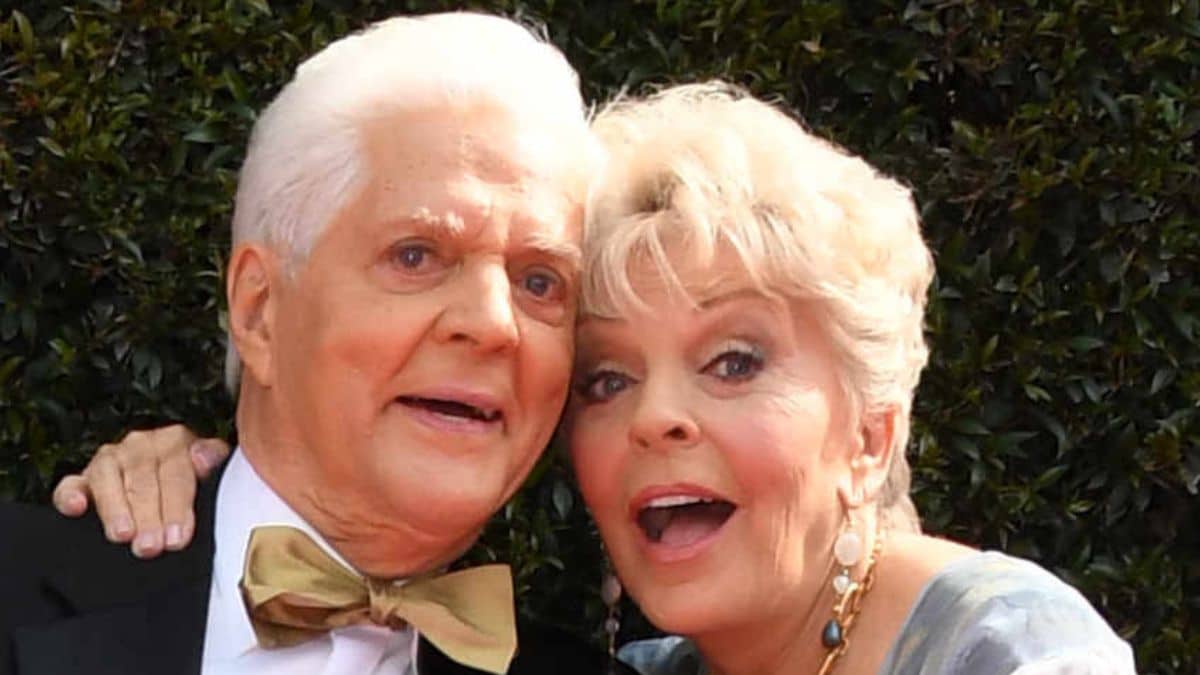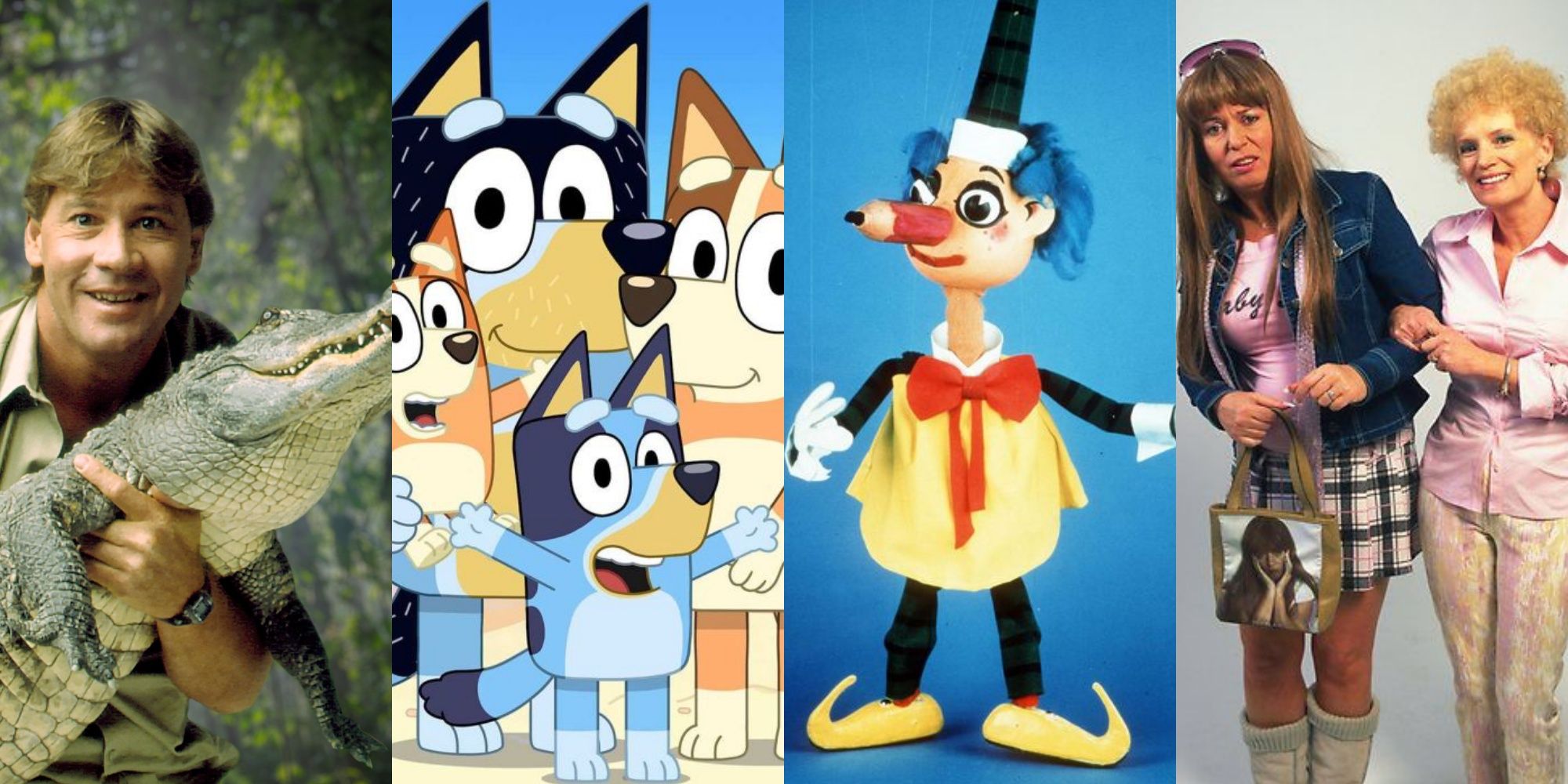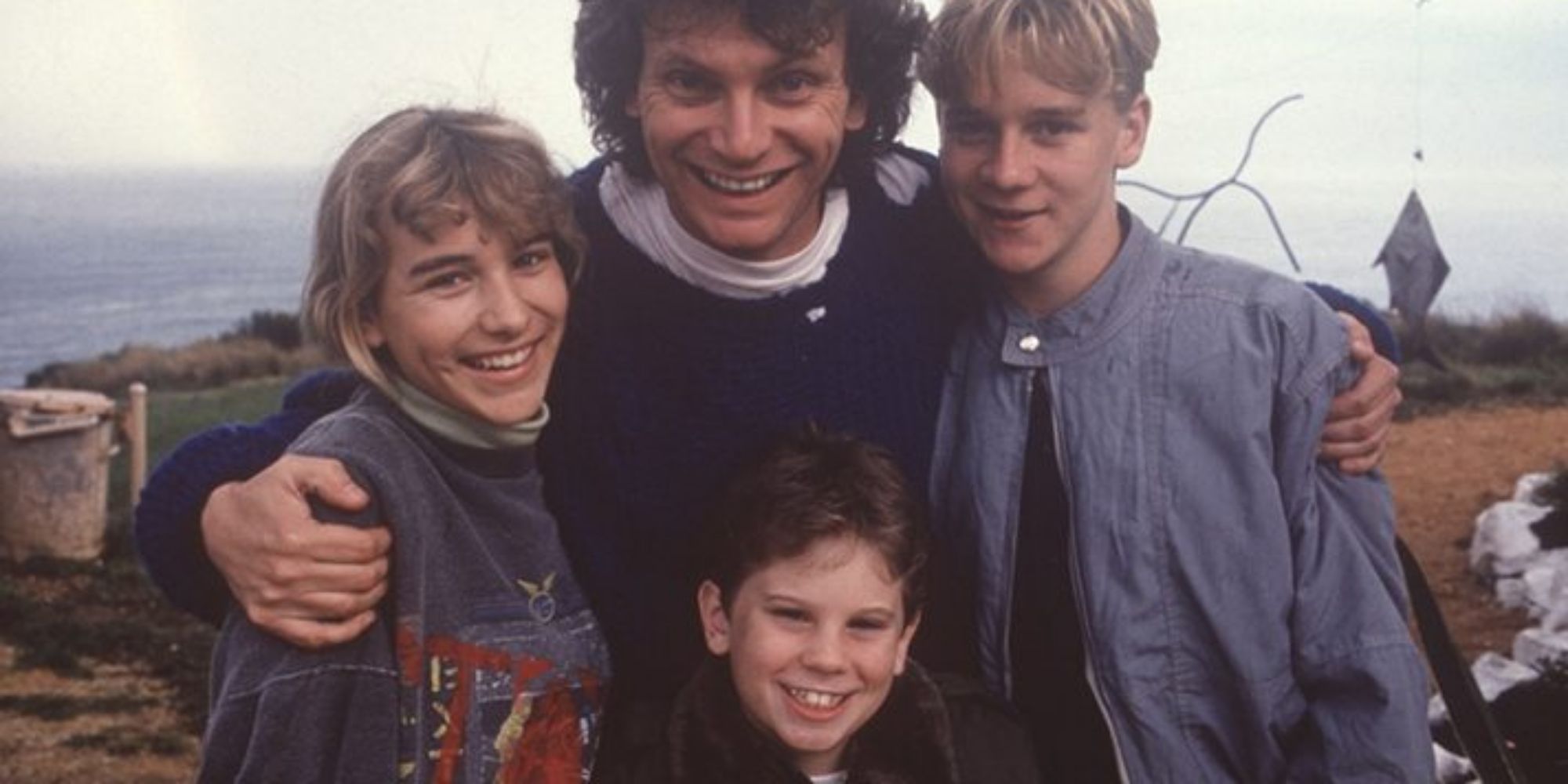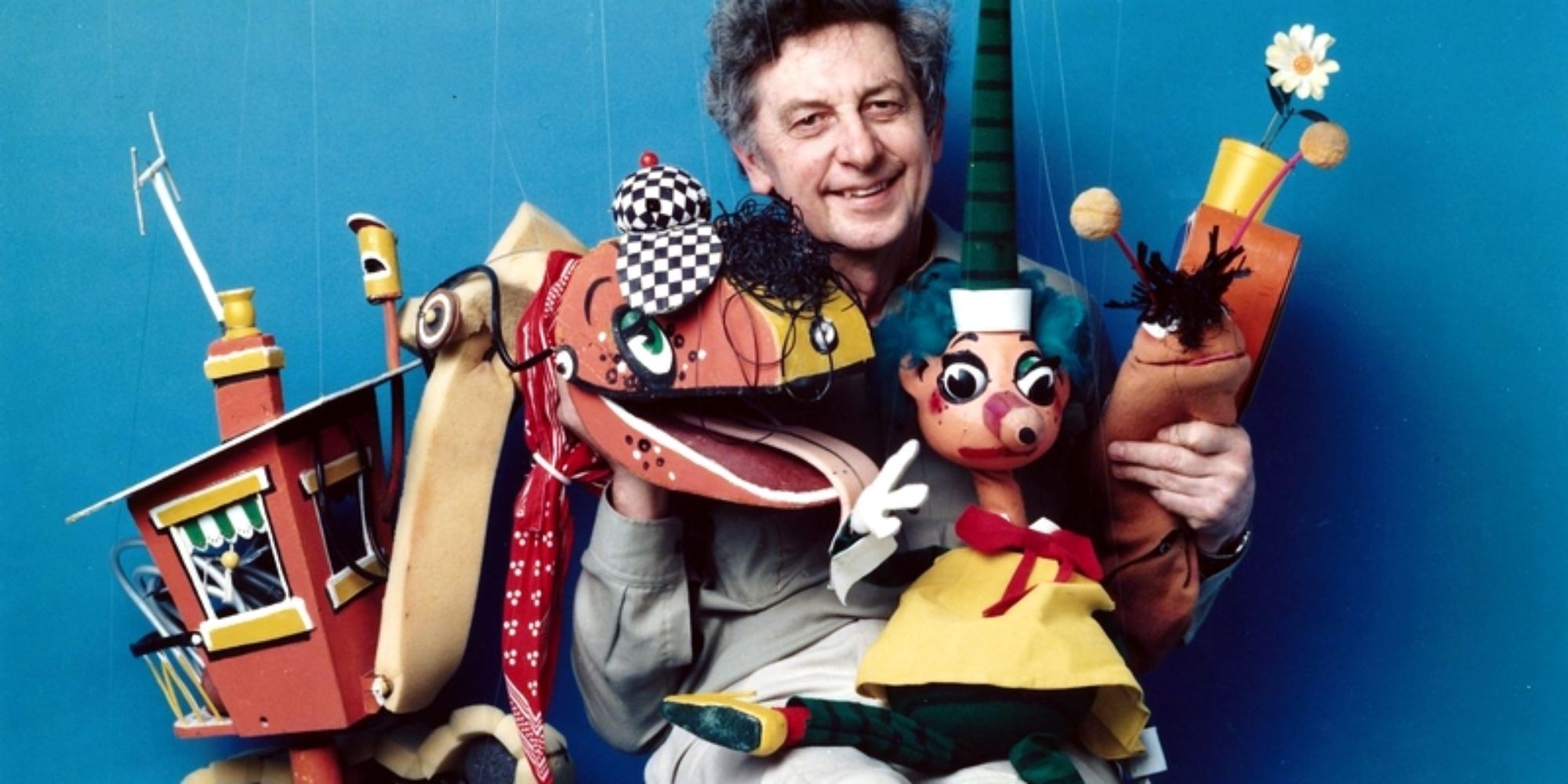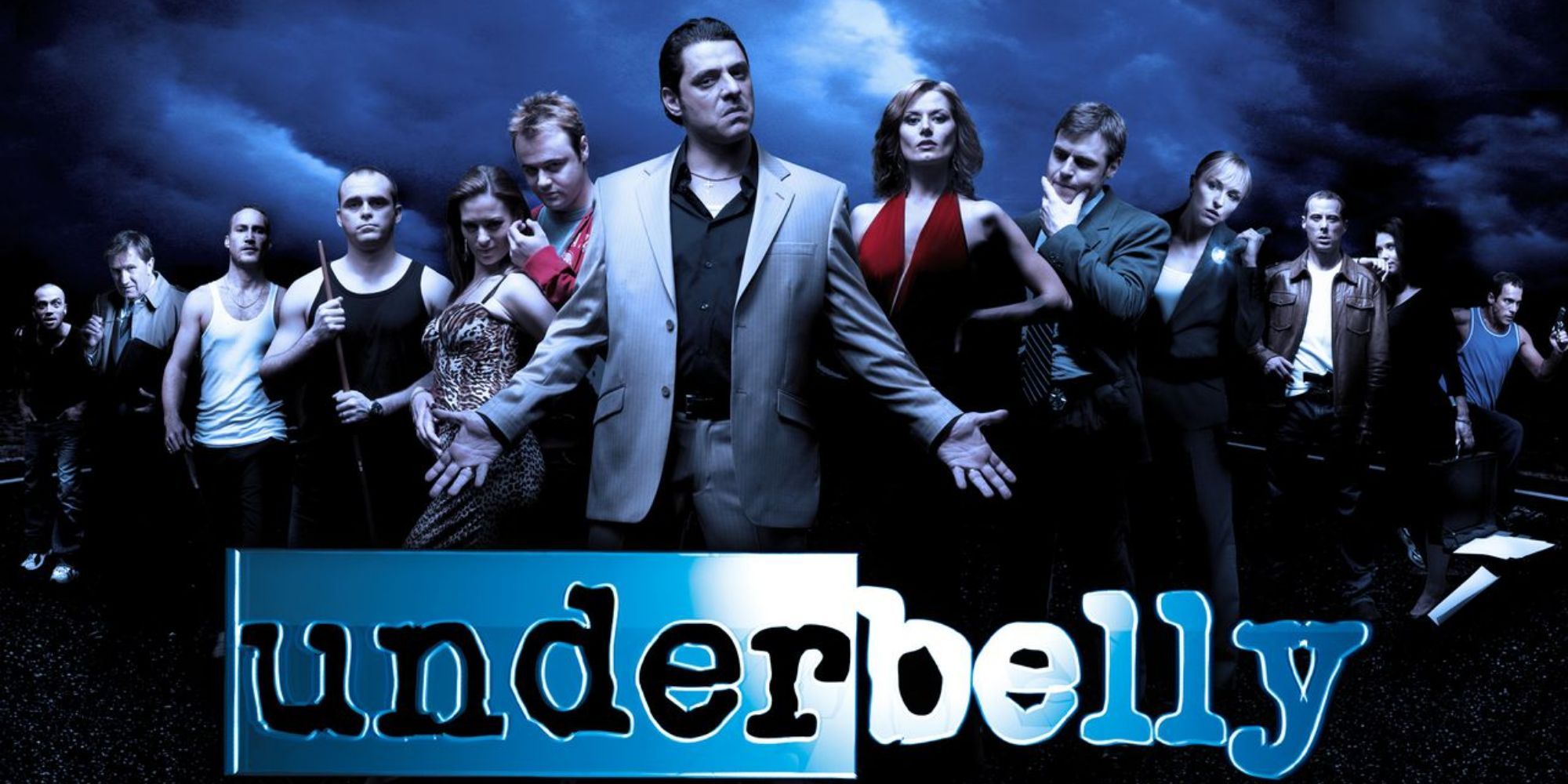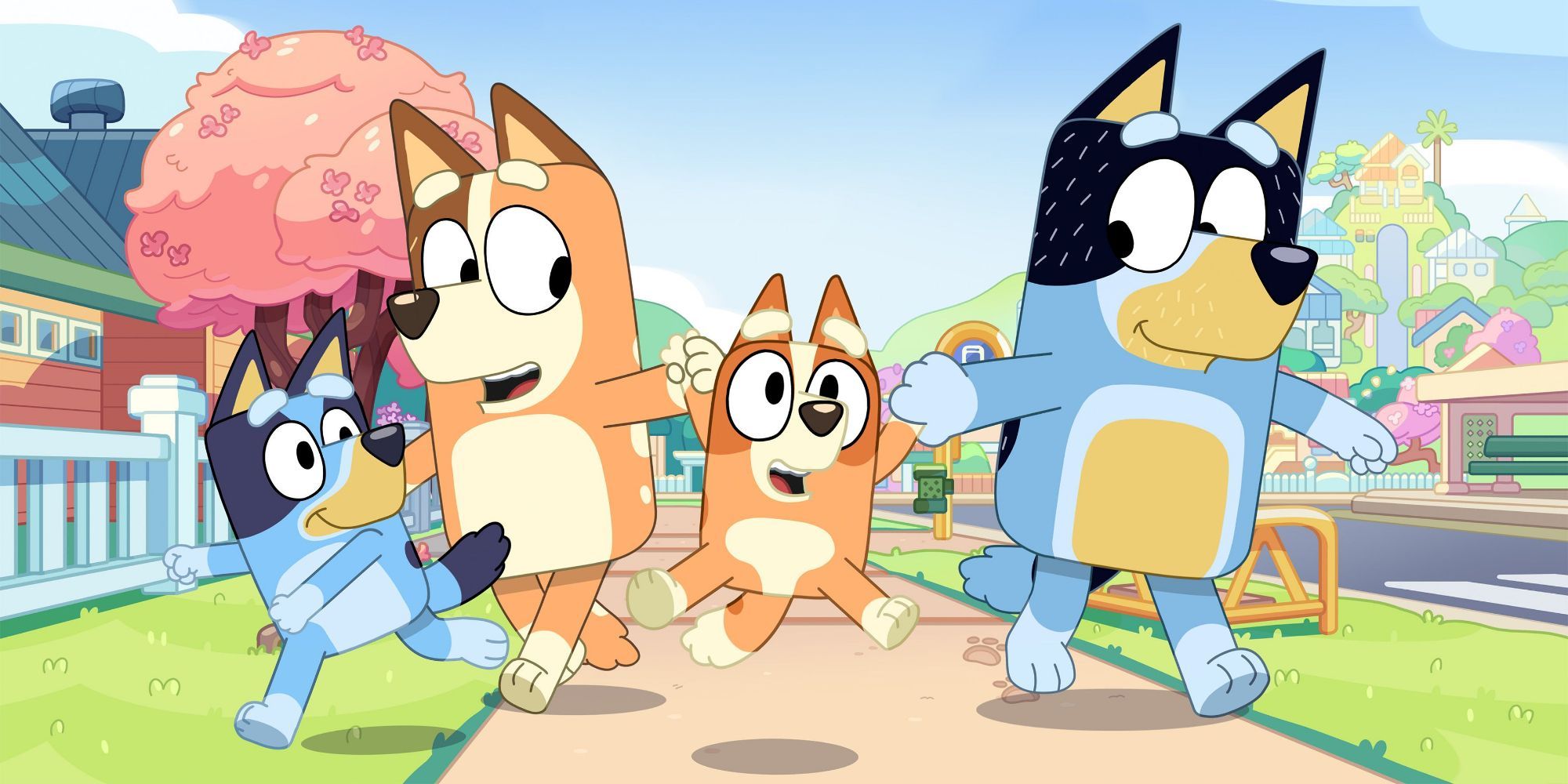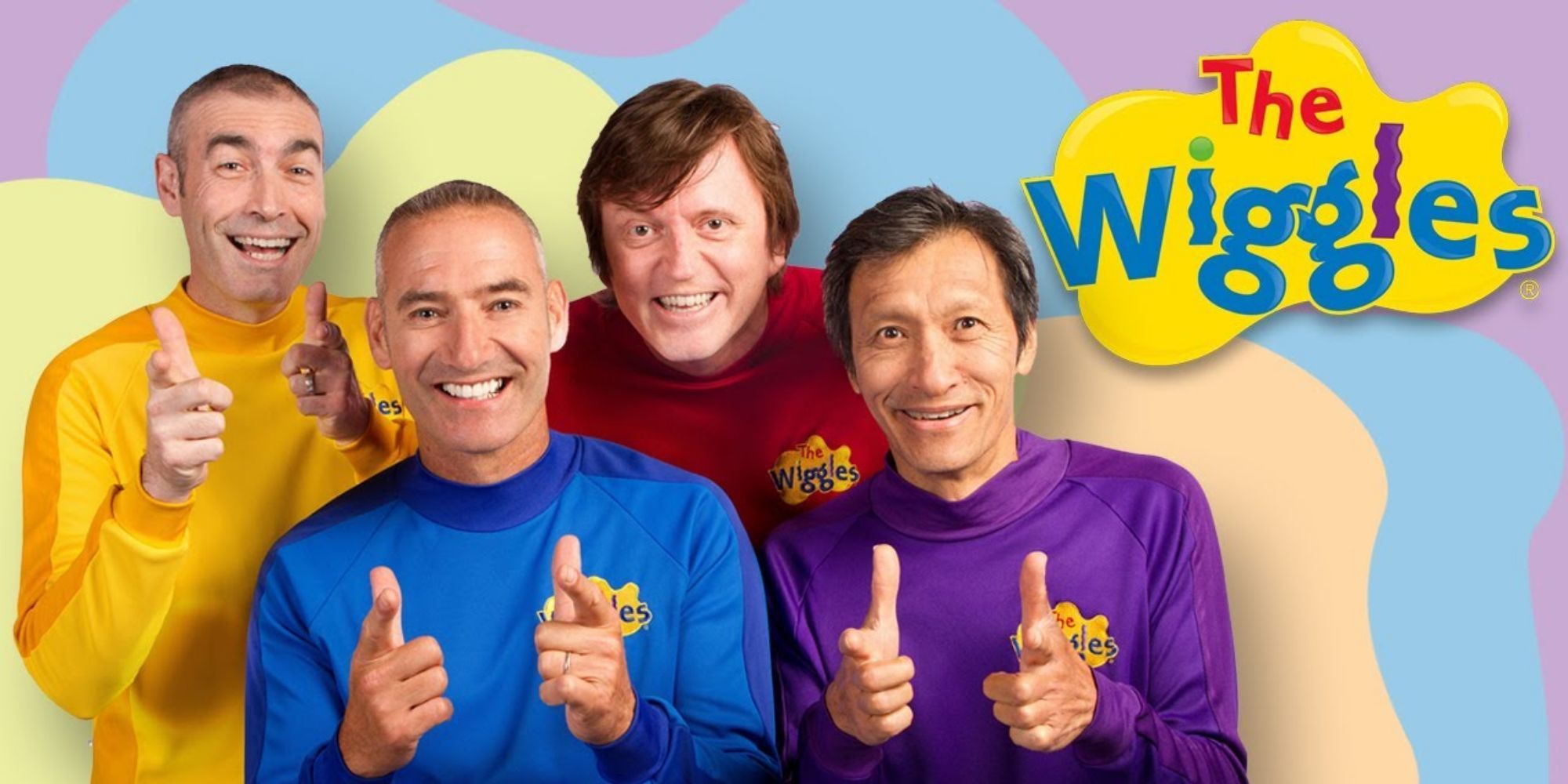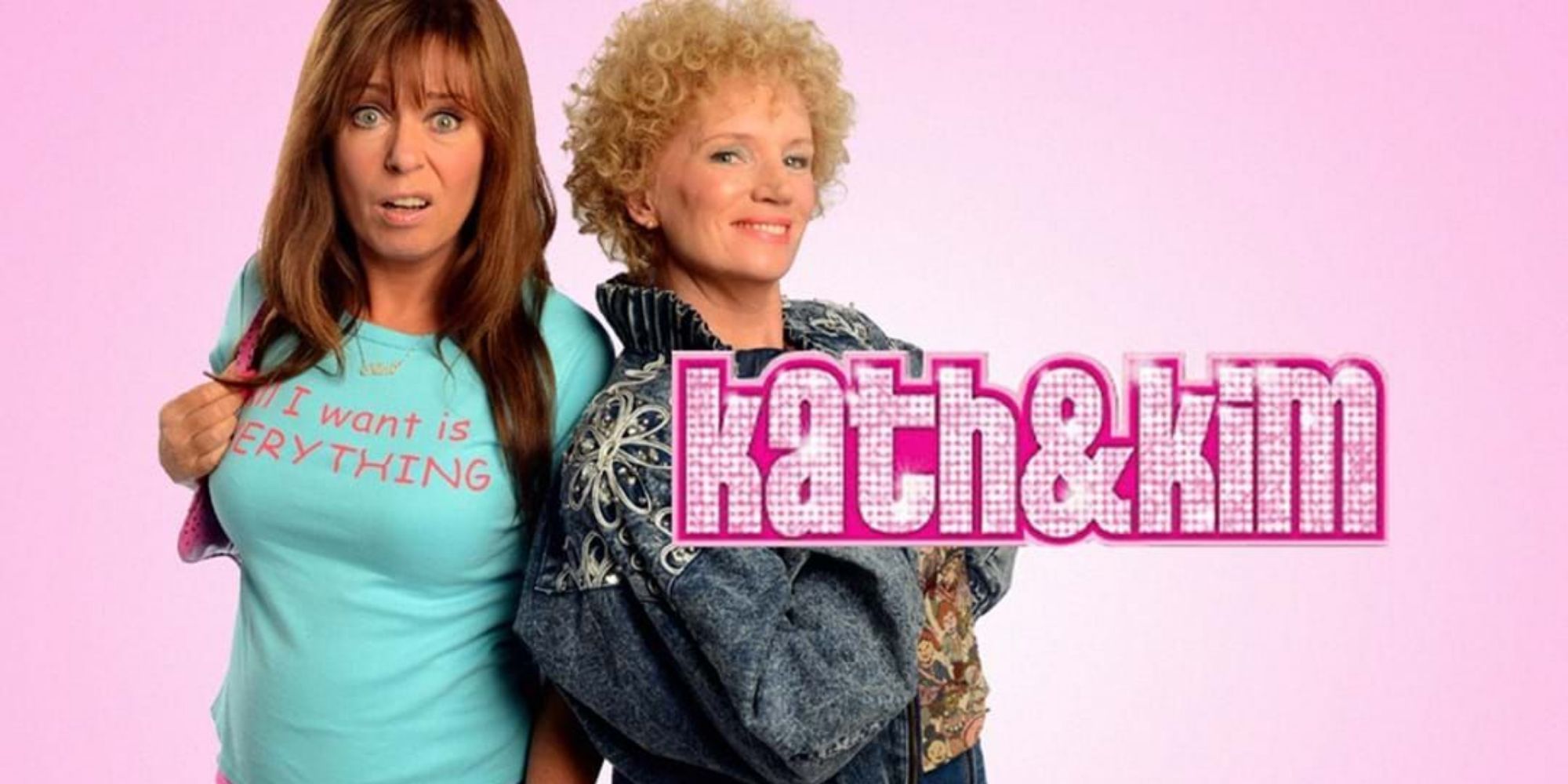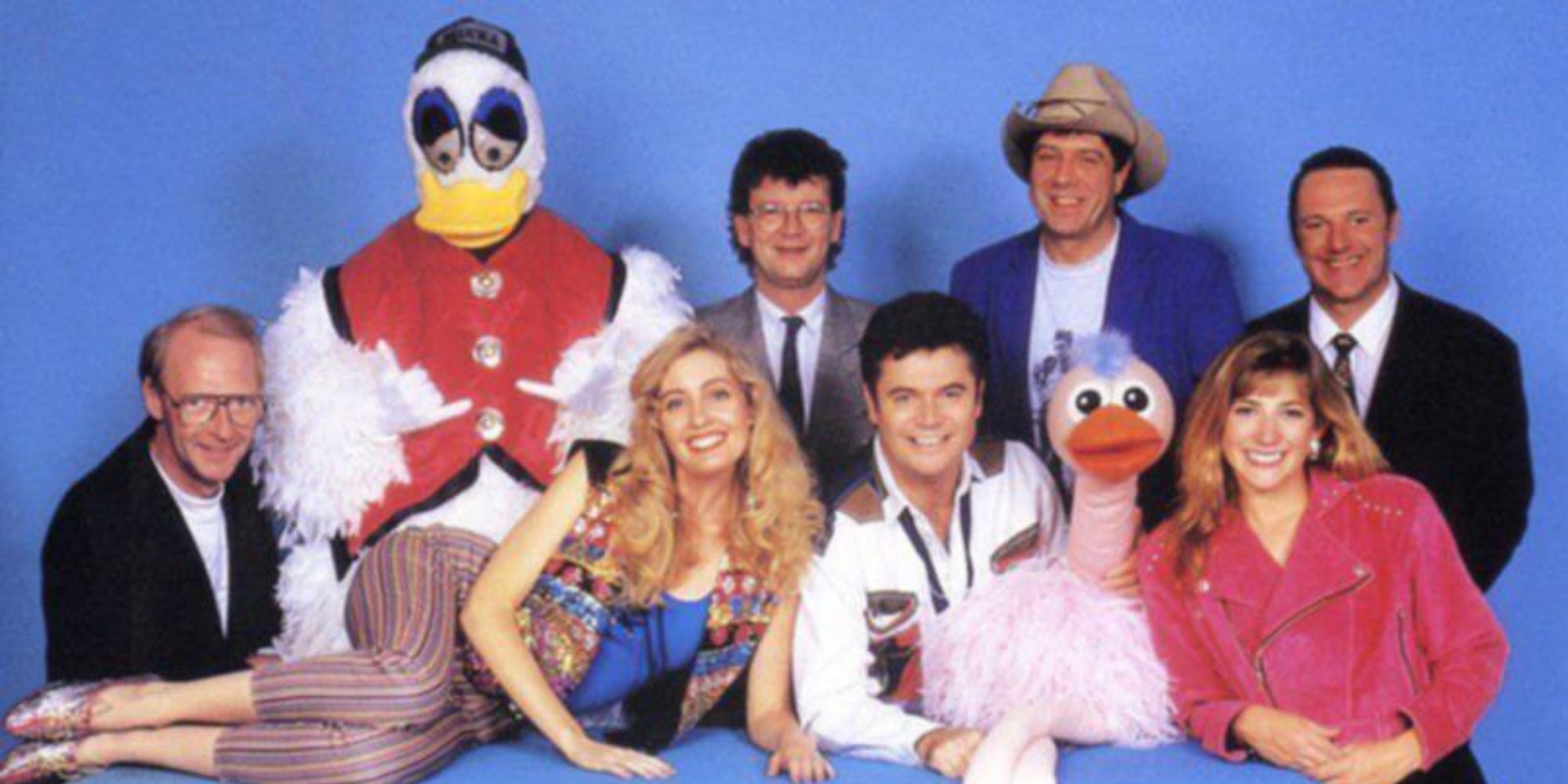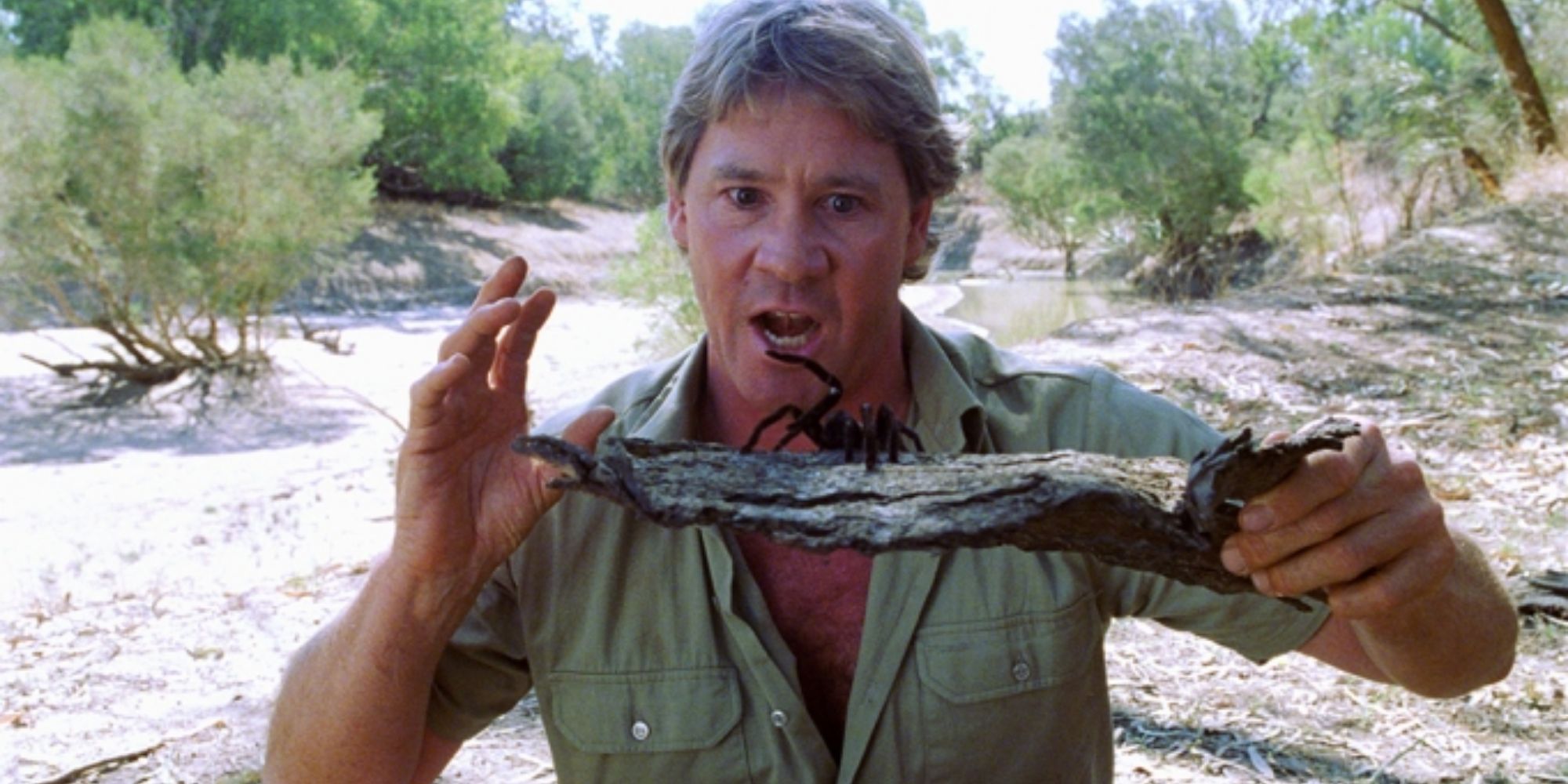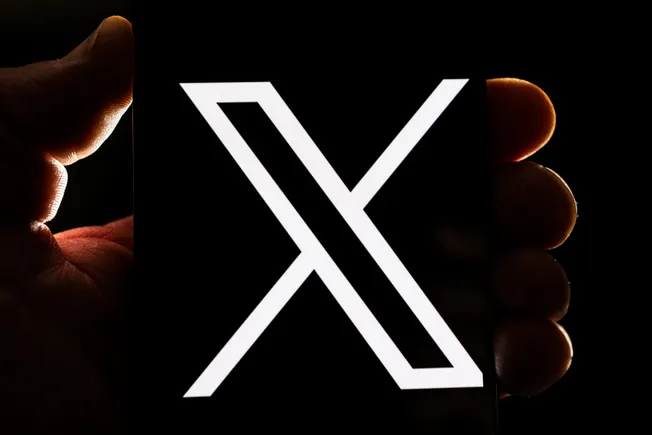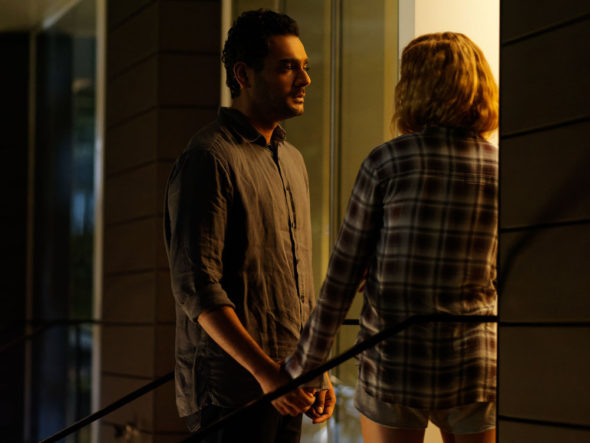Australia. The land down under. This remarkable country is known for its beauty, danger, and devil-may-care attitude that goes hand in hand with each other. This country has given plenty to the world throughout its 117-year history, from popular movies to food to music and a remarkable cultural sensibility. But something that often goes unmentioned when Australian culture is discussed is the country’s television shows.
The land of Aus has produced TV for children and adults that have made national and international attention for their distinctive characters, intriguing stories, and varying but impressive visual style. All of which create unique programming that speaks to the personal sensibilities of a country known for its unique personality.
‘Round the Twist’ (1990 – 2001)
The basic premise of this comedy fantasy series can be best described as a cross between Full House and Goosebumps. The Twist family, consisting of father Tony, twins Linda and Pete, and younger brother Bronson move into a lighthouse on the Victoria state coast that serves as a hotspot for strange, supernatural activity.
The problems and creatures they encounter range from goofy yet off-putting to genuinely terrifying. Indeed, the series was infamous for testing the limits of what was acceptable on Australian children’s television. But it’s also one of the most fondly remembered by those who grew up with it – and traumatized by it.
‘Mr. Squiggle’ (1959 – 1999)
This beloved children’s show ran for 40 years, becoming something of Australia’s answer to shows like Captain Kangaroo or Bozo the Clown. Created by puppeteer Norman Hetherington, the series had a simple premise that lasted from 5-minute intervals to half-hour variety specials. A Pinocchio-like marionette puppet initially flies in from his home on the moon.
Having a pencil for a nose, he received “squiggles” on paper from a different viewer every week. He then used his nose to draw around those squiggles to make unique drawings that he’d show his television audience. Certainly simple, to be sure, but this form of interaction helped make Mr. Squiggle a fixture in several generations.
‘Underbelly’ (2008 – 2013, 2022-)
Before American Crime Story, there was Underbelly. Initially inspired by a famous book about the Melbourne gangland killings, it became an anthology series where each season depicts a different time period in Australia’s criminal element. From crime families to serial killers, every episode pulls back to reveal the darker side of the country’s history and its residents.
Of course, since Australian censorship laws are somewhat different, Underbelly was allowed to go farther with its depictions of adult content and language than its contemporaries when it debuted. But that allowed the gritty power of the premise to shine through. As the intro sequence says, it’s a jungle out there, and in true Australian crime, Underbelly is king.
‘Bluey’ (2018-)
Perhaps the most popular children’s show in years, this animated hit is produced and set in Brisbane, Australia. The show follows 6-year-old dog Bluey Heeler as she lives and plays with her family; younger sister Bingo, mother Chilli (Melanie Zanett), and her playful, patient father, Bandit, who is surprisingly popular with parental audiences (David McCormack).
Part of what sets the show apart from standard pre-school series is the depiction of modern Australian life and positive parental figures. Despite the central family being dogs, they are written like a regular, real family. With a unique animation aesthetic, charming characters, and life-affirming messages, this is a children’s show beloved by almost everyone who watches along.
‘The Wiggles’ (1998-)
In many respects, The Wiggles are one of the most famous bands of all time, and it isn’t hard to see why. They make catchy, rockin’ music with a flair for the colorful and psychedelic. While their music was specifically written for small children, that did not stop it from being catchy, vibrant, and just plain fun.
While much of the show is more of a showcase for the band’s music rather than relying on plot lines and heavy stories, it was still instrumental in establishing the band’s personality and style. In addition, the TV show helped to introduce some of their most popular side characters; Dorothy the Dinosaur, Henry Octopus, Wags the dog, and Captain Feathersword.
‘Kath & Kim’ (2002 – 2007)
Easily the most famous of Australian sitcoms. The misadventures of a mother and her ridiculously self-indulgent daughter as they deal with modern life, generational differences, and their eternal avoidance of good taste. They navigate these territories with Kath’s prideful butcher boyfriend/husband Kel, Kim’s henpecked husband Brett, and the show’s breakout character Sharon, Kim’s sports-obsessed, lovesick best friend.
It balanced being both over the top and true to Australia’s life in the early to mid-2000s. The show became so popular that it received two spin-off films and a short-lived American remake in 2008.
‘Hey Hey It’s Saturday’ (1971 – 1999)
Evolving from a Saturday morning children’s program into a late-night variety show, Hey Hey It’s Saturday ran for 28 years in its original run, with revivals and specials continuing in the decades since. Hosted throughout its entire run by media personality Darryl Somers, this series had modern acts for the time with a decidedly vaudevillian sensibility.
Many of the show’s most popular sketches included original characters such as Oswald Q. Ostrich and fan-favorite mascot host Plucka Duck. It also managed to secure several international guest stars from the likes of Kurt Russell, Patrick Swayze, and Johnny Depp.
‘The Crocodile Hunter’ (1996 – 2007)
This guy usually comes to mind when most people think of the land down under. Legendary animal documenter and explorer Steve Irwin shot to international fame with this documentary series filmed by him and his American wife, Teri.
They travel the world, seeing some of the most fascinating and dangerous animals in their natural habitats. Of course, Steve’s nickname came from his affinity for Australian crocodiles, which frightened many, but Steve thought they were loveable. While Steven may have left us, he leaves a legacy of animal conservation and fascination that continues to this day.










































